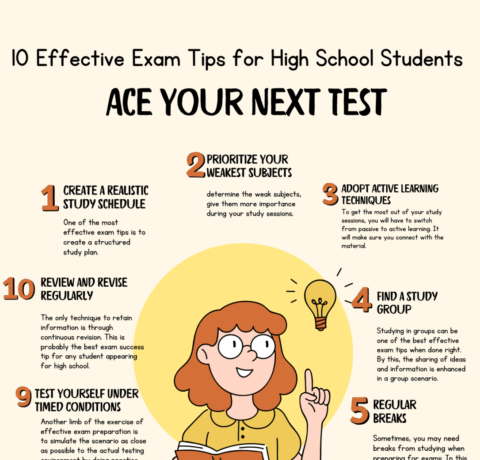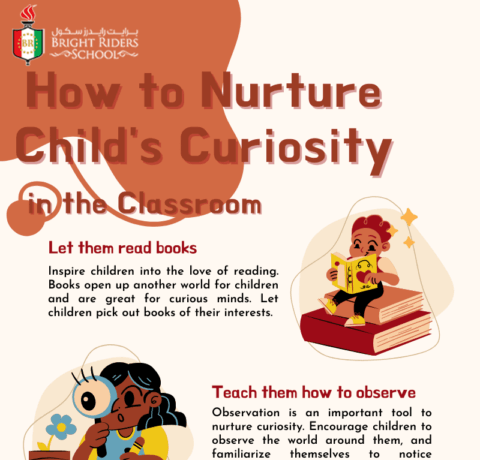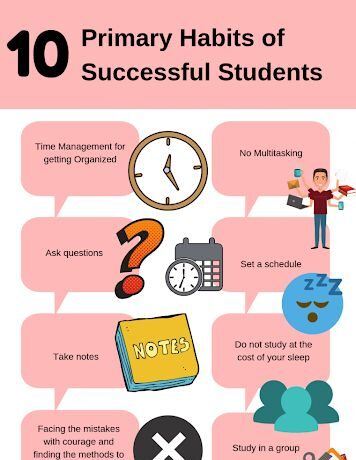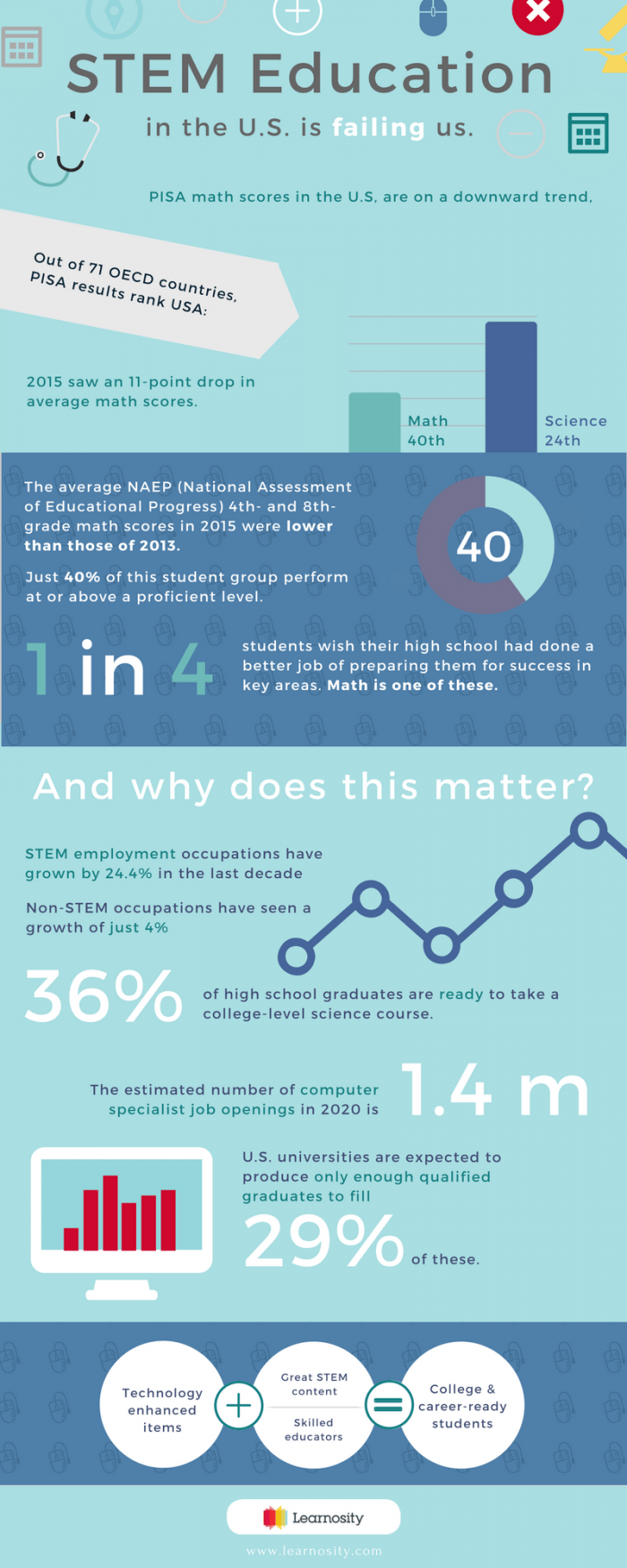The State of STEM in the US Infographic
PISA math scores in the US are on a downward trend, with 2015 seeing an 11-point drop in average math scores. In the last decade, STEM occupations have grown by 24.4%, in comparison to just a 4% increase in other occupations. We think it’s time to evaluate the STEM skills gap faced by many students.
Today’s students are not learning the skills they need to succeed. The estimated number of jobs in computer-specialized areas is continually growing – roles that are typically math-focused. There will be an estimated 1.4 million computer-specialized job openings by 2020. Worryingly, universities in the US are producing suitable candidates for just 29% of these roles.
It’s time to reimagine STEM education. Computer-based testing has the potential to be a transformational learning tool, yet it’s typically perceived as simply being a more efficient way of testing student knowledge. It enables educators to raise the level of interaction in assessments. Teaching and assessing higher-order thinking skills is a crucial part of learning; however, many educators are challenged in doing so. Interactive assessments allow learners to demonstrate their understanding of the learning material and thereby play a key part in the formula for student success.
Check out the statistics in infographic above to learn more about the state of STEM in the US.
See also:







You can adjust your cookie preferences here.